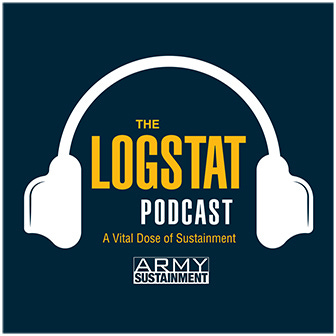A Day in the Life...
As told by our Sustainment Harding Fellow, CPT Pyle
After reading CPT Pyle’s “A Day in the Life”, we know you will be motivated to join The Harding Project ranks as a Harding Fellow! Find more information about how to apply here.
A day in the life of a Harding Fellow can be summed up simply as, “pick your own adventure.” Some may instantly say, “where is the structure?” But therein lies the beauty of this fellowship and the true creativity that it holds. I am not restricted to a conventional day but have the freedom and opportunity to structure each of my days to best serve the journal. This has enabled me to fully tap into my creative and networking protentional.
One of the greatest advantages to this fellowship is the ability to write our own stories and to develop systems and innovations that best suit each one of our specific journals. No two journals are alike, and that is extraordinary. We all have different audiences, and our role is to connect the journals with the force and ensure our content is relevant, high quality, and accessible.
So, drawing back to the main question at hand; what does a day look like? Well, each day is truly a new adventure. Some days I workout in the morning prior to work and others I workout after the day is complete. Where we are at in the production schedule dictates the length of time during the day spent solely on our journal, Army Sustainment.
Photo courtesy of Garett Pyle.
We go through field reviews where we analyze and rate articles for publishing. Those that make the cut go into initial editing followed by author review. Once the articles are returned, they go to final edits and then we begin the layout process. Each step is reviewed by me and my two civilian counterparts. Once the edition is in layout, our visual editor builds the layout, and then we review it countless times prior to publishing. This three-month cycle repeats itself with each new edition.
When I am not directly editing an article or reviewing the layout, I am actively networking and developing new methods to engage our audience. This could be meeting with units or departments for future articles or asking individuals what they want to see in future editions.
Through this engagement, I got the idea for a podcast. Once our senior leaders approved it, I was off to the races with developing it and it became a new, important part of my daily battle rhythm. After a few months of development, “The LOGSTAT” podcast went live on the 18th of February 2025. It is the Army’s premier podcast on all things sustainment. We analyze new developments, discuss current trends, and forge the path ahead for the next generation of sustainment Soldiers. We are available on Apple Podcasts, Spotify, Pandora, Amazon Music, and YouTube Music.
Photo courtesy of Garett Pyle.
If I am to meet the intent of the Harding Project and truly honor the legacy of Major General Edwin “Forrest” Harding, I need to be as active as possible in the force to ensure our content is making the biggest impact.
To close, every day is truly a new adventure, and I am afforded the opportunity to pick which adventure I am setting out on with each new day. Some days are filled with networking, engaging with our audience, reviewing or editing articles, planning the next podcast, or recording the next podcast or social media video. If you are looking to be the writer of your own story and want to make lasting impacts on your branch community, then seek to become part of the Harding Project. I can promise you this: no two days will be the same and you will be afforded opportunities for networking that you never thought possible and to be as creative as you want to be. Each day spent as a Harding Fellow will impact generations to come.
Photo courtesy of Garett Pyle.
CPT Garett H. Pyle is currently the Harding Fellow for the Sustainment Center of Excellence, the Military Editor-in-Chief for the Army Sustainment Professional Bulletin, and the host of “The LOGSTAT” podcast at Fort Gregg-Adams, Virginia. He holds a Master of Arts degree in transportation and logistics management from American Military University.





